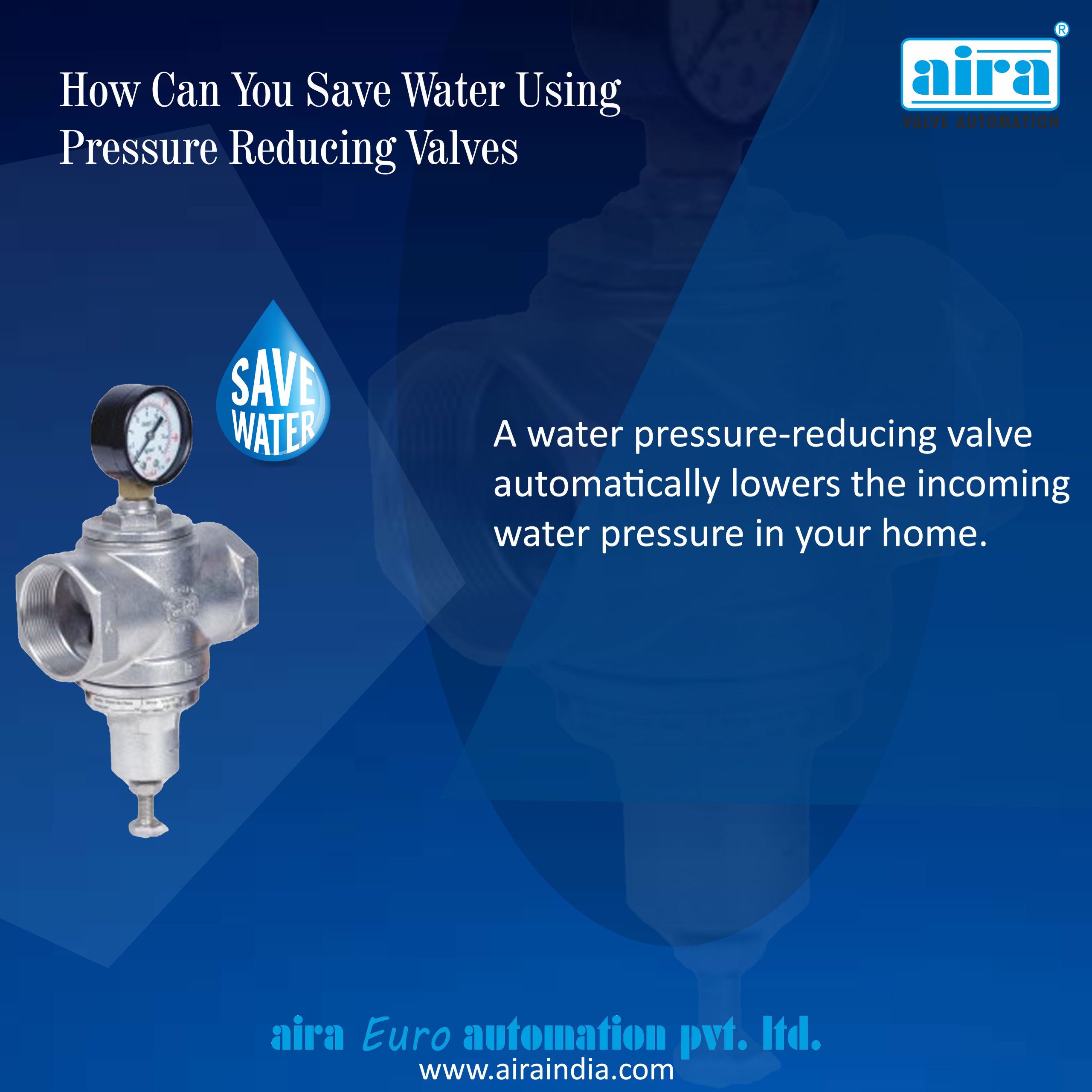A water pressure-reducing valve automatically lowers the incoming water pressure in your home. By using this special valve, you can extend the life of your home’s plumbing and fixtures. PRVs are a type of pressure reducing valves used in a home’s plumbing in order to control water flow.
PRVs are designed to reduce incoming water pressure from ECCV’s mains and are safe for plumbing in a house installation. A PRV also acts as a water conservation tool.
Water is conserved by avoiding the use of higher pressures.
The best way to reduce your water pressure is to use a high-quality pressure regulator. Almost every home has one. This type of feature is a plumbing safety feature that lets homeowners control the amount of pressure applied to specific fixtures, such as kitchen faucets and showerheads.
A water pressure-reducing valve automatically lowers the incoming water pressure in your home. By using this special valve, you can extend the life of your home’s plumbing and fixtures.
PRV Valve Uses in Highrise Building
Pressure regulation issues in high-rise buildings can be solved by PRVs
High-rise buildings are a practical way to meet the needs of many people while preserving valuable real estate in the age of global urbanization. However, tall buildings pose challenges when it comes to designing water supply systems.
A residential or light commercial building should have a water pressure of 2-5 bars. There will not be enough pressure to shower if the water pressure is less than 2 bars, and if it is over 5 bars, water may be wasted. It presents a challenge since municipal water mains generally supply water pressure of 3-4 bars at ground level. As the water supply goes higher up in the building, the pressure decreases. Therefore, water pressure in a building is usually sufficient only up to about the eighth floor. As a result, it is necessary to make adjustments to the water supply system for taller buildings so that the water pressure is ideal at all levels.
This can be achieved in several ways according to standard practices. In order to deliver adequately pressurized water to higher floors, booster pumps may be employed. An option that has been in use for over a century and is still frequently used today is to pump water to a rooftop reservoir. The water then flows by gravity to the floors that are too high to be adequately serviced by municipal pressure.
Also read Solenoid Valve Troubleshooting Guide
However, this top-down supply model causes the reverse problem on the lower floors, since water pressure rises with each downward level. As a consequence, when water pressure on the upper floors of a tall building with a rooftop reservoir is adequate, there is often excessive pressure on the lower floors. Pressure-reducing valves (PRVs) can be installed to reduce the overly high water pressure at these levels to acceptable levels.
A pressure-reducing valve reduces the amount of water that comes out of a fixture. This is especially useful when dealing with appliances such as washing machines and dishwashers, which can be flooded with too much water.
Types of PRV
There are three types of pressure-reducing valves.
Direct-acting. The simplest of PRVs, Direct acting PRV operates with either a flat diaphragm or convoluted bellows. The system is self-contained, so no external sensing line is required downstream. Designed for low to moderate flow, it is the smallest and most economical of the three types. Typically, direct-acting PRVs have an accuracy of +/- 10% of the downstream set point.
Internally piloted piston-operated. The pilot and main valves of this type of PRV are integrated into one unit. Pilot valves operate like direct-acting valves. When the pilot valve discharges, a piston opens the main valve. By using inlet pressure, this design opens a large main valve that could otherwise be opened directly. Therefore, there is a greater capacity per line size and greater accuracy (+/- 5%) than with direct-acting valves. Similarly, the internal pressure is sensed by direct-acting valves, so no external sensor is required.
Externally piloted. This type of piston operator replaces the piston operator of the internally piloted design with double diaphragms. An increased diaphragm area allows a large main valve to open, enabling greater capacity per line size than an internally piloted valve. Additionally, the diaphragms are more sensitive to pressure changes, which means +/- 1% accuracy. The greater accuracy is due to the sensing line being external to the valve, where there is less turbulence. Additionally, this valve enables the use of different types of pilot valves (e.g., pressure, temperature, air-loaded, solenoids, or combinations).
Pros & Cons of PRV Valve
- Good water pressure in the home is appreciated by everyone. However, high water pressure is actually the leading cause of leaks, pipe damage, and wasted water. For this reason, you should consider investing in a PRV, or a Pressure-Reducing Valve, to control the flow and pressure of water entering your home. Discover the benefits of installing a PRV in your home if you don’t already have one!
- Provides reliable and stable pressure for household water systems
- Reduces “screaming” noise from high flow rates
- To prevent water leaks
- Designed to stop loud, banging water hammer caused by built-up water pressure from closing taps
- Saves water automatically in high-pressure areas
- Requires less energy to heat water for showers, dishwashers, washing machines, etc.
- Reduces water waste by reducing flow rates
- Reduces the pressure of water on water-using appliances and fixtures
- To reduce water costs
